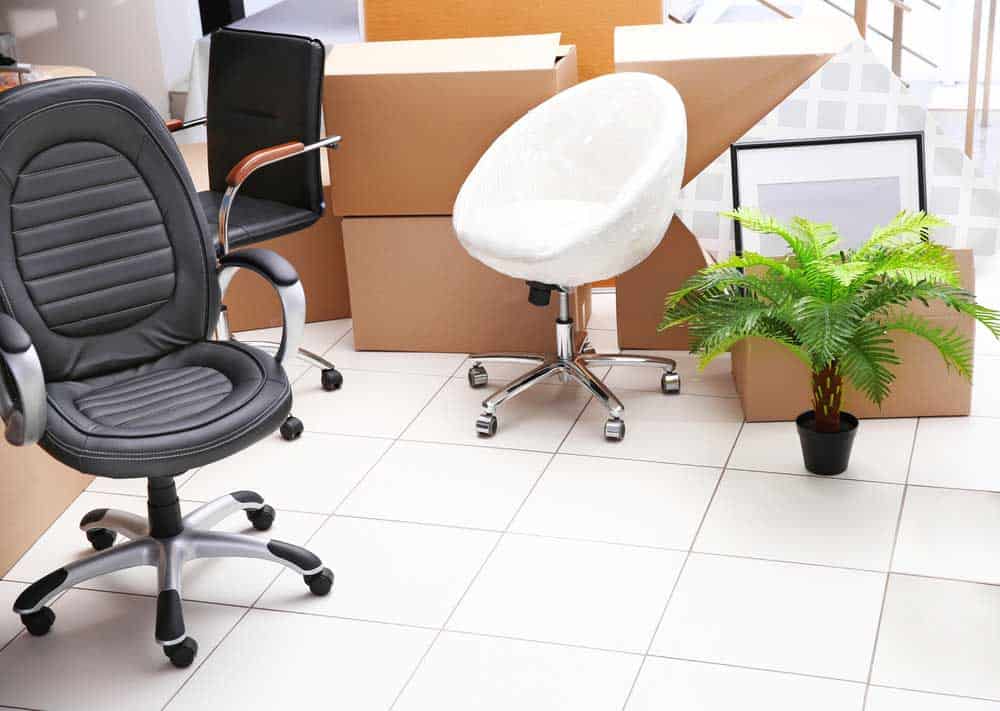Feeling like you’re ready for a change? Tired of looking out the same window every day, or maybe just thinking about switching your career path? There are many reasons people decide to move. All it takes is the looming terror of packing to convince you that staying put is preferable to the uncertainty that lies ahead in the face of relocation. Thankfully there are professionals out there who provide the moving services you need to make your experience easier and, dare we say, enjoyable.
Packing
Sometimes you don’t realize how much thought needs to go into packing, until you’re neck-deep in it. Once you realize you’ve made mistakes you have no choice but to live with mistakes or start from scratch. To avoid such frustrations, your movers bring all their experience into the picture. They’re simply better equipped to know the most effective ways of packing.
They can supply you with packing materials, as well as unpack your belongings and distribute them wherever you want inside your new home. Additionally, they will ensure there is always a method to the madness, with strategies that make sense at the other end. Tips like packing your breakables in conjunction with your kitchenware, separating your “donation” pile from your “to sell” and “to move” piles, and filling a suitcase with items you’ll need for immediate use after you move, come from experience.
Using moving services lowers risk
Moving services include ensuring that your items remain intact as they’re transported, and in case they don’t, compensation for your loss. You can decide on two optional kinds of insurance coverage, which a moving specialist will walk you through. Also, using professionals helps prevent the risk of injury from heavy lifting. They’re trained to handle the taxing physical demands in a way that not every layperson is equipped to do.
Dismantling furniture
When making a list of enjoyable Sunday afternoon activities, you’re probably not going to add dismantling or assembling furniture to the list (and you’d be right!). But thankfully you don’t have to think too much about it. Experienced professionals know how to keep your large furniture items safe while transforming them into transportable-sized pieces. At the very least, this may save you the headache of tracking down old Ikea furniture assembly instruction manuals. But, larger furniture pieces are also more prone to nicks and dents when attempting to maneuver around narrow doorways and halls. Breaking the pieces down actually makes it easier to correctly wrap and move pieces that may be valuable or have sentimental value.

Corporate Moving
Moving a business isn’t quite the same thing as relocating a family, but could prove to be equally as necessary and stressful. For example, companies who want to lower the cost of doing business, may move their company headquarters to region with lower rent and taxes. Likewise, some businesses move to cater to a clientele that isn’t as reachable in the current surroundings.
But a business move can come with its own headaches. Federal tax issues, juggling staff, acquiring new business licenses, and other issues may arise. Professional movers have a wealth of information on these topic as well as relevant experience necessary to guide you through it. So if you’re thinking about relocating your company, hiring professionals is the right way to go.
Cleaning
The last thing anyone wants to think about is the aftermath of the chaos that inevitably surrounds moving. Instead of tidying up yourself after a move, your available moving services can double as your cleaning crew. This is another example of how, from start to finish, your movers are with you every step of the way to reduce stress and take care of your needs.
Moving Advice
No matter what the subject is, professionals usually know best. Aside from the standard moving services professional movers offer, good old fashioned advice can be a part of the package as well. From packing tips, as mentioned above, to laying out a general timeline of what to expect during the entire moving process, your movers will reassure you and keep you informed at every step of the journey.
It’s important to remember that no matter what happens, professional movers have your back. The combination of moving services they provide, along with their expertise, will ensure you have yourself a pleasant and efficient moving experience. If you’re thinking about moving, call your professional movers today and get a quote!














